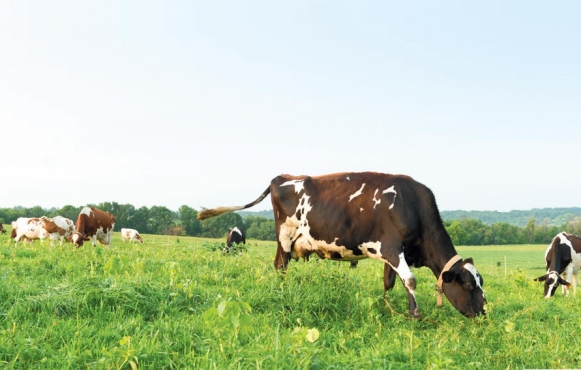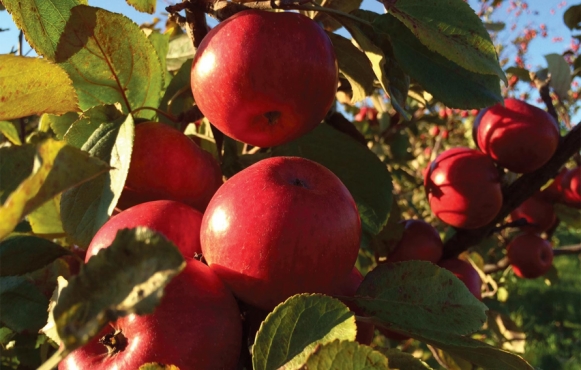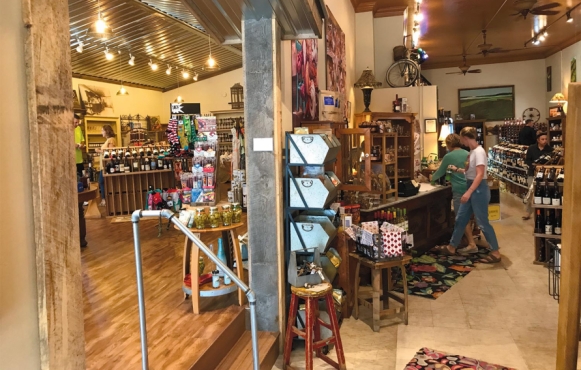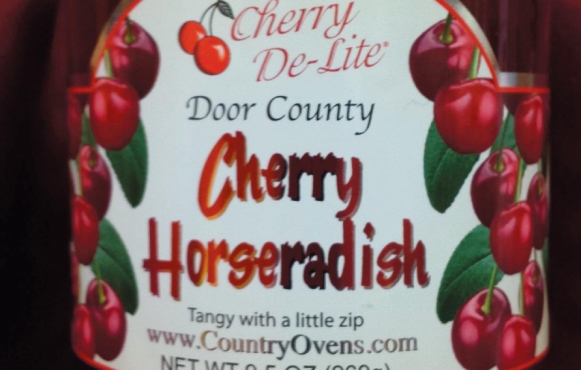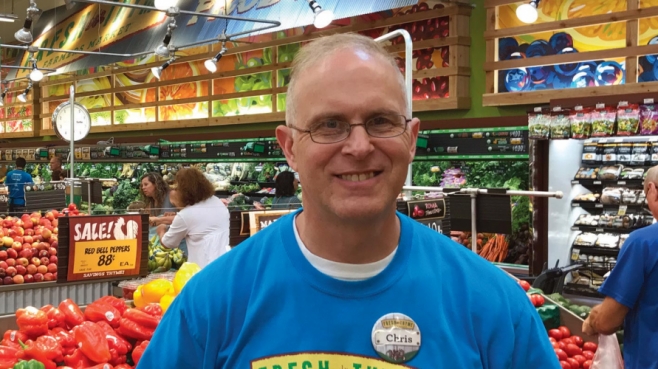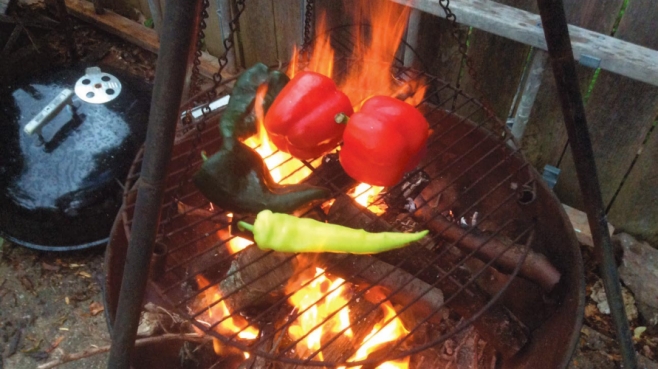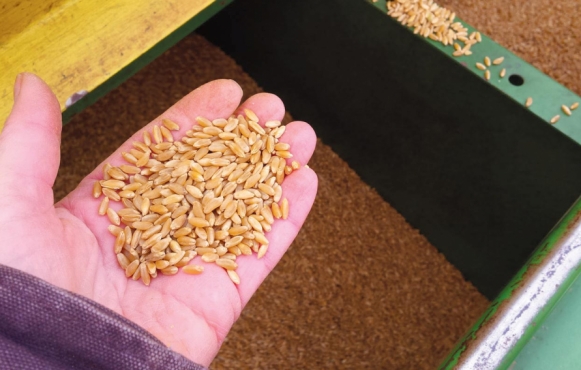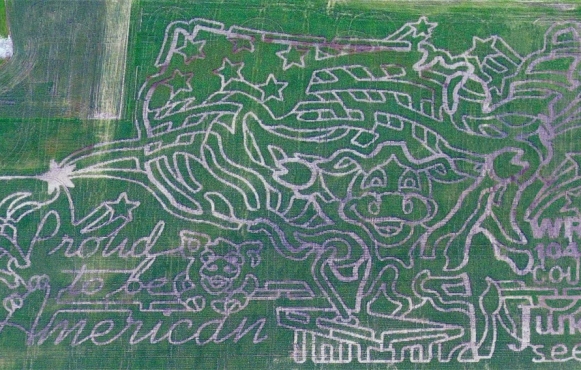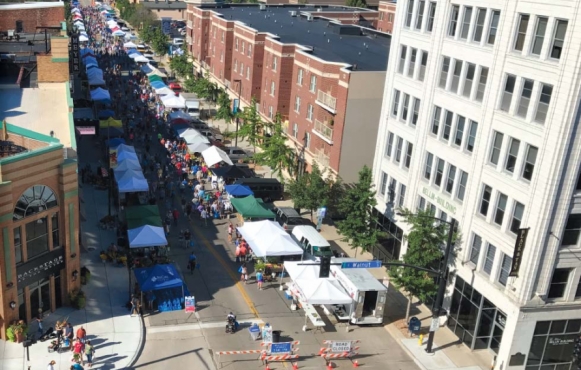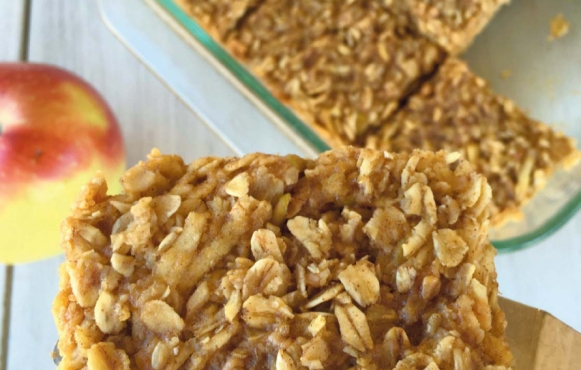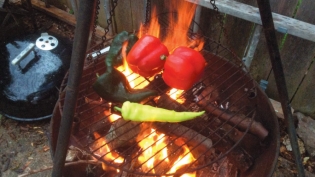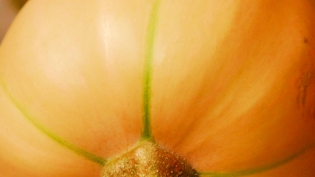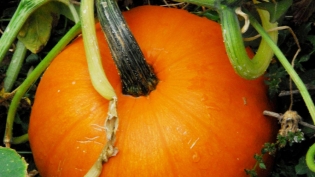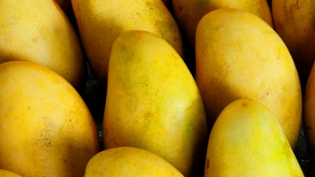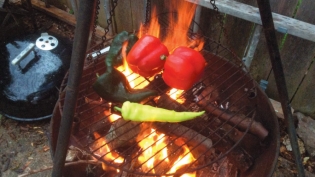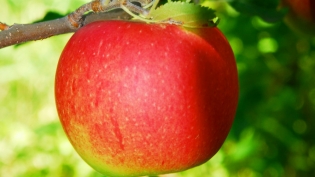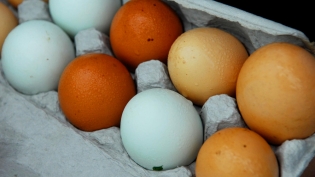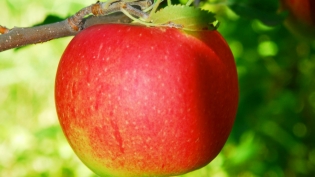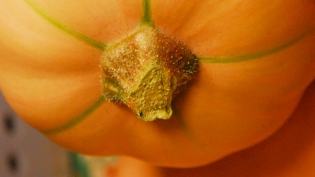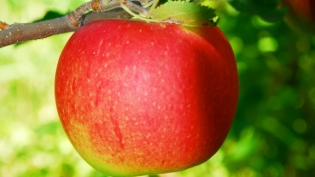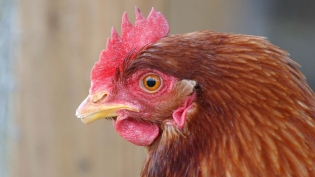In Our Fall 2017 Issue

The granddaddy of all farmers markets
As we celebrate the 100th anniversary of Green Bay’s Farmers Market and with it all the other markets that are sprinkled across Northeastern Wisconsin, we also realize their importance in re-creating a method of trade that goes back to practically the dawn of man.
But the farm markets as we see them in our communities, primarily a temporary encampment of 10-by-10 tents situated along a city street or in a park, pale in comparison to their ancestors that operated daily to tend to the needs of a society that lacked refrigeration and needed a fresh supply of food. So with this in mind, I recommend that you make a visit to Detroit. It’s a recommendation I’ve been making for the past couple of years since my daughter moved there.
I normally get the same perplexed reaction, the same look I gave my kids and wife when they gave me a gift certifi cate for a skydiving adventure. I now have done both, and while I’m not particularly ready to have an experienced tandem partner push me out of an airplane again, I have enjoyed my return trips to Detroit.
It’s really a remarkable city, experiencing a slow but steady rebirth. But one piece of the city has relentlessly hung on for the ride through the Motor City’s magnificent highs right through to some of the lowest times a city could possibly experience.
Eastern Market has held its ground in the center of downtown since 1891, with roots dating all the way back to the 1850s when its vendors sold hay, timber and maybe even an occasional horse in those days preceding Henry Ford.
It is often referred to as the country’s largest open-air public market, covering some 45 acres. We seem to wind up there on the Saturday morning of every visit.
Last time we actually took a tour of the place, presented by the organization Preservation Detroit. This place is a shining example of preservation if there ever was one, especially considering it survived the construction of a freeway right through it.
'This place is a shining example of preservation if
there ever was one, especially considering it survived
the construction of a freeway right through it.'
Its initial vendor’s shed, built in 1891, was run over by the freeway. So when you go, don’t waste time looking for Shed 1. Begin with Shed 2 and proceed through Shed 6.
The meat and poultry part of the market ended up on the other side of the freeway, but at least a pedestrian walkway was installed to again connect the market and, as you might expect, craft merchants line that bridge.
 Is it any wonder why this market is on the National Register of Historic Places? You get the feeling an artillery shell could fall on the place and it would be up and running the next day. And that day could be a bleak Saturday in January, because the market operates throughout the year (on Saturdays).
Is it any wonder why this market is on the National Register of Historic Places? You get the feeling an artillery shell could fall on the place and it would be up and running the next day. And that day could be a bleak Saturday in January, because the market operates throughout the year (on Saturdays).
Of course, the market is rich in history. The public portion of the market is surrounded by a number of historic buildings that continue to be involved in the wholesale food operations that keep the area humming throughout the week.
Some of those buildings housed the city’s earliest breweries that spawned interesting tales related to the Prohibition era, a particularly prosperous time considering the city’s proximity to Canadian distilleries across the Detroit River. At its peak, roughly 50,000 cases of whiskey was crossing the river every month as the number of licensed taverns in Detroit increased from 1,800 before Prohibition to an estimated 25,000 illegal watering holes by 1925 in the midst of Prohibition.
Today, craft breweries and even distilleries are popping up around the market as its draw of nearly 50,000 each Saturday serves as a significant economic engine in Detroit’s recovery.
Now that’s a farmers market.
Jon Gast
Co-Owner/Editor of Edible Door




